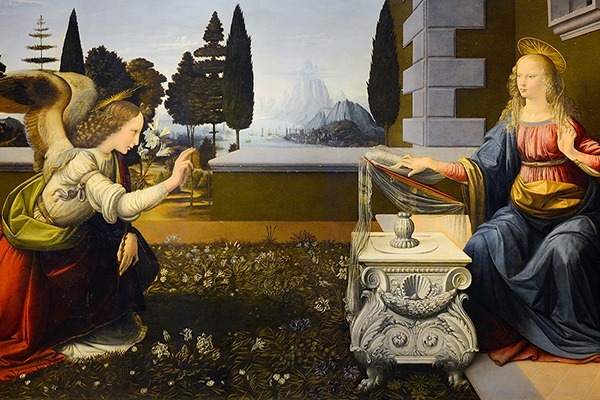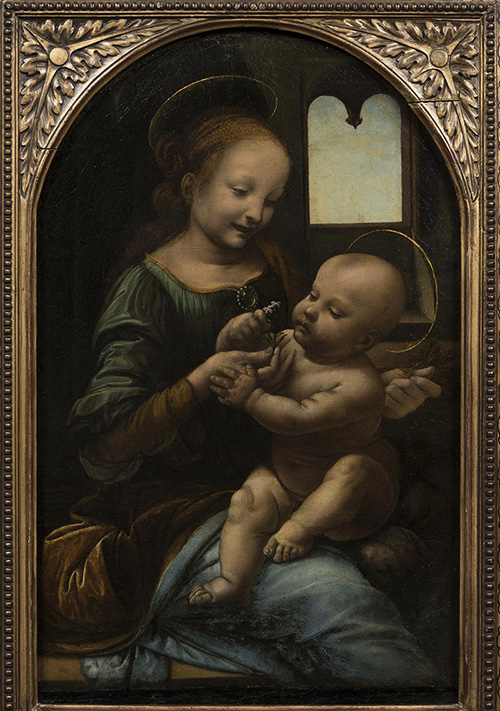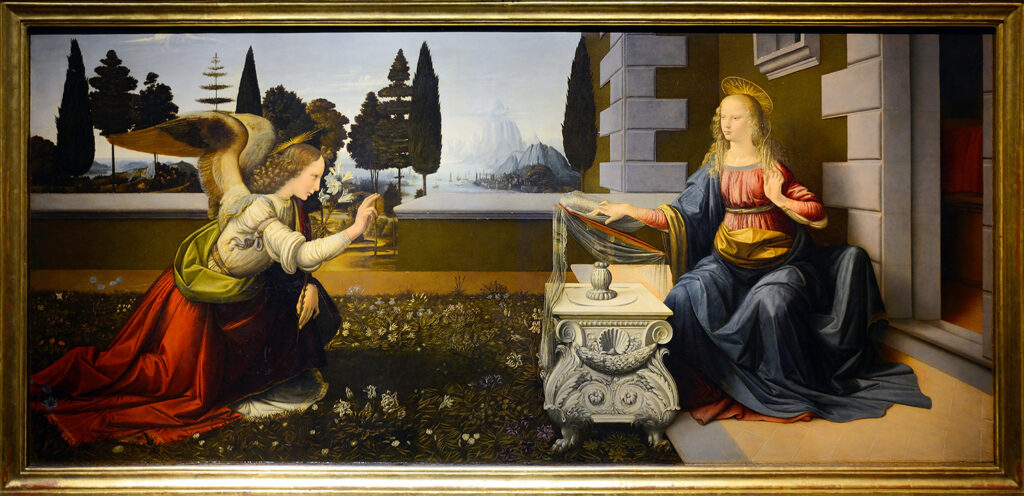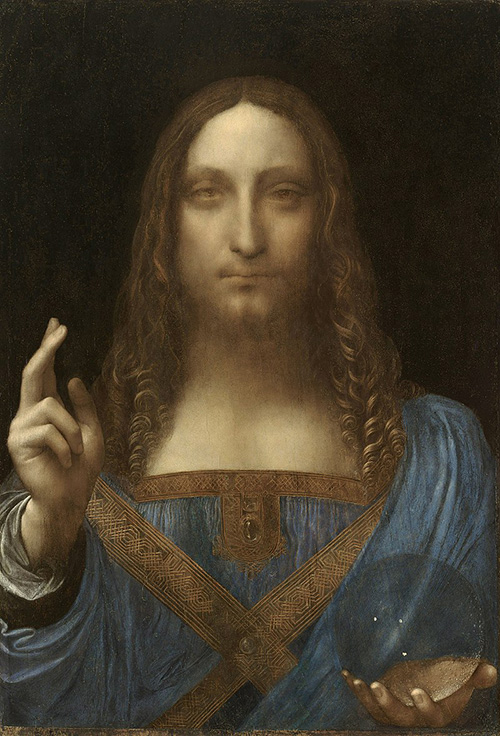+33 (0)1 40 41 96 42

It has taken 10 years of work and 5 years of negotiations to make this exceptional exhibition a reality. Never before have so many of the Florentine painter and polymath’s works been brought together.
On Thursday, 24 October, the Louvre Museum opened the Leonardo da Vinci exhibition, which will remain until 24 February 2020. With diplomatic confusions, technical issues and last-minute delays, the teams at the Louvre had never experienced such difficulties before. Their efforts will undoubtedly be matched by the success of this exhibition: 180,000 tickets were sold before its opening. Reservation is mandatory.
Therefore, we recommend that you book now. Avoid opening hour and early afternoons. The best time to visit is between midday and 2pm, or at night.
The exhibition is divided into 4 parts, and brings together 163 works and documents: paintings, drawings, sketches and notebooks.

Painters began to sign their canvases in the 19th century, and so there is no simple answer to this question. Today, Art experts have attributed 17 paintings to Leonardo da Vinci. Two are contested, and six are debated. In light of current research, Leonardo da Vinci is said to have painted between 17 and 25 paintings. The Louvre Museum has 5.
Here are some of the works you can admire.
Thought to have disappeared for centuries, this painting from Leonardo da Vinci’s youth was later attributed to the painter.

Leonardo da Vinci painted this work when he was around 20 years old. “An x-ray of the painting revealed that originally, the Virgin’s head was tilted further, the right hand was shorter, and her little finger was neither raised nor bent. In addition, a pendant chain adorned her forehead. All these repentances serve to confirm that this is an early piece from a still-hesitant Leonardo.” (Wikipedia).
The Centre for Research and Restoration of the Museums of France has carried out infrared reflectography analyses on several paintings in order to uncover the Master’s approach. This is one of the key elements of this exhibition.
Caught in the midst of diplomatic confusion between Paris and Rome, this famous and hugely fragile drawing almost did not leave Italy. Here, it is shown in France for the first time. It has only been lent for a period of two months. Visitors coming in January and February will not be able to see it.
In this drawing, you can see that the size of the sheet of paper represents the proportions of the man, as the navel is found in the centre of the circle and the square.
And La Gioconda?
Every day, 30,000 visitors flock to admire it. It will remain in its usual location, in order to avoid a significant increase in flow of visitors.

This painting, whose attribution to Leonardo is disputed, was commissioned by Louis XII around the year 1500. Now the most expensive work in the world, it was sold for $450 million at a Christie’s sale, probably to Prince Mohammed ben Salman.
The painting had been the subject of a loan request by the Louvre. To this day, the museum still awaits an answer. The work will probably never be presented and its position today is unknown.
The exhibition shows the painter, but also the engineer, the inventor and the symbol of the Renaissance man.
Learn more about Leonardo da Vinci:
https://en.wikipedia.org/wiki/Leonardo_da_Vinci
List of works by Leonardo da Vinci:
https://en.wikipedia.org/wiki/List_of_works_by_Leonardo_da_Vinci
Open every day from 9 am to 6 pm, except Tuesday. Evenings until 9:45 pm on Wednesdays and Fridays.

19, rue des Prêtres-Saint-Germain-l'Auxerrois
75001 Paris
+33 (0)1 40 41 96 42